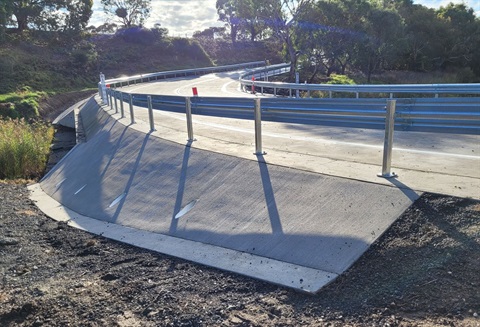Leading researchers and practitioners will examine how Darwin can cope with future temperatures that remain hotter for longer.
Research shows Darwin is continuing to get hotter. Darwin currently experiences about 11 days with temperatures over 35 degrees, which is projected to increase to 43 days over 35 degrees by 2030.
As part of the Darwin City Deal, CSIRO has joined forces with the Northern Territory Government, the City of Darwin and Australian Government to establish the Darwin Living Lab.
The Darwin Living Lab is using science and collaboration to support a liveable, sustainable and resilient Darwin.
It has been tasked with finding out just how hot Darwin is, who is likely to be impacted by extreme heat, and what can be done about it.
Building on the initiative by the Northern Territory Government and City of Darwin to undertake trials to reduce temperatures in Darwin’s CBD, the Darwin Living Lab is supporting the development of a Heat Mitigation Strategy for Darwin city and its suburbs.
Identifying hot spots across Darwin and how to respond will be a focus for leading researchers and practitioners at the Darwin Living Lab’s inaugural Annual Science Symposium on Urban Design and Heat Mitigation in the Tropics on 12 and 13 December 2019.
Initial findings of preliminary mapping of land surface temperatures across Darwin by CSIRO researchers, along with presentations on heat mitigation solutions and urban design challenges will be examined at the symposium this week.
CSIRO’s Dr Brenda Lin and Jacqui Meyers have created maps of land surface temperatures using satellite imagery captured during the dry season in 2018 and 2019.
“The maps show surface temperature, not air temperature, and future work will aim to better understand the relationship between the two measures so that we can better identify hot spots and cool spots,” Dr Lin said.
As well as examining hot spots and their contributing factors, the heat mapping can be combined with other data to better understand who is most at risk, and the types of mitigation strategies that can reduce urban heat.
“We can begin to identify how vulnerability to heat stress is distributed across Darwin and focus mitigation strategies on those priority areas,” Dr Lin said.
Initial findings from the heat mapping across Darwin is informing development of a Heat Mitigation Strategy which will identify and test solutions to improve the thermal comfort for people in Darwin.
The following potential project ideas were identified in an earlier workshop of the research team:
- identifying locations for cooling interventions in the city based on a walkability study
- creating a streetscape to demonstrate integrated greenery, shading, and design solutions
- undertaking a green space design survey to seek the views and ideas of local community
- trialling breezeway designs and ventilation innovations for buildings and open space.
These ideas, along with broader heat mitigation and urban design topics, will be explored by leading experts and practitioners at the inaugural Annual Science Symposium.
The symposium is an opportunity to combine research expertise with local knowledge of architects, policy makers, developers, engineers, urban planners, community groups and the general public.
Everyone is welcome to attend the symposium this week and can register for the event at The Darwin Living Lab Symposium.
For more information on the lab and symposium, go to Darwin Living Lab: Darwin Community Hub
The Darwin Living Lab is a joint initiative funded by the Australian Government, Northern Territory Government, City of Darwin and CSIRO as part of the broader Darwin City Deal to design a 10-year plan for the Darwin city centre that sets a long term and sustainable vision for the future.







